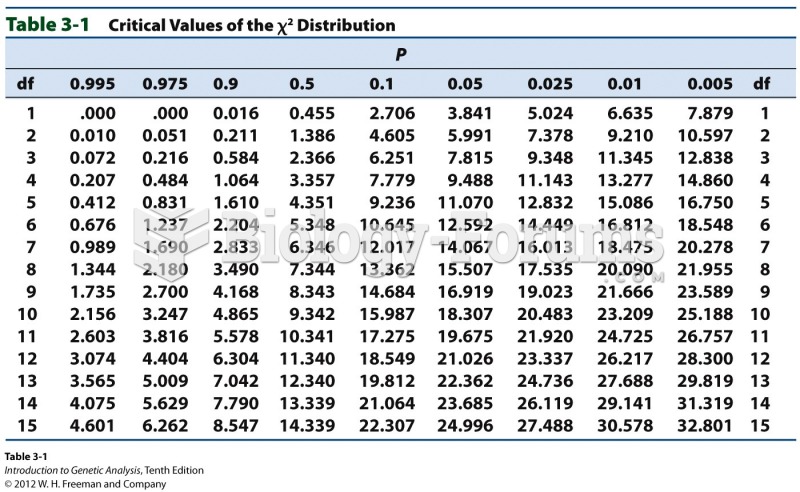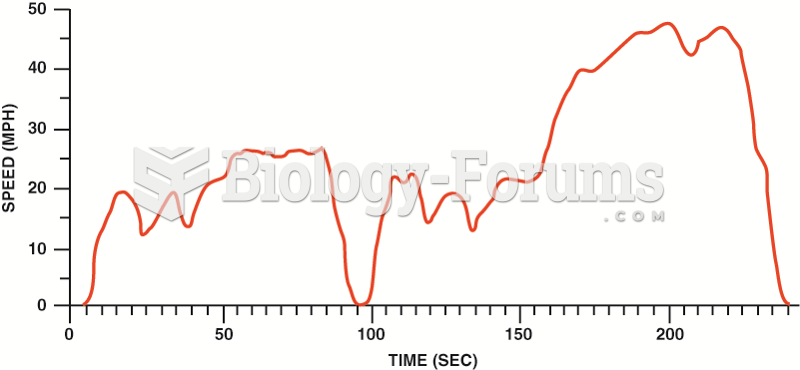|
|
|
There are major differences in the metabolism of morphine and the illegal drug heroin. Morphine mostly produces its CNS effects through m-receptors, and at k- and d-receptors. Heroin has a slight affinity for opiate receptors. Most of its actions are due to metabolism to active metabolites (6-acetylmorphine, morphine, and morphine-6-glucuronide).
The first-known contraceptive was crocodile dung, used in Egypt in 2000 BC. Condoms were also reportedly used, made of animal bladders or intestines.
Drying your hands with a paper towel will reduce the bacterial count on your hands by 45–60%.
The horizontal fraction bar was introduced by the Arabs.
More than 2,500 barbiturates have been synthesized. At the height of their popularity, about 50 were marketed for human use.







